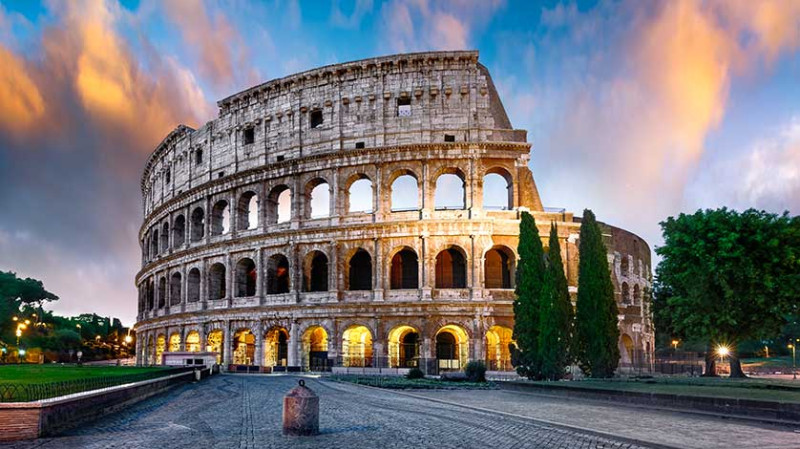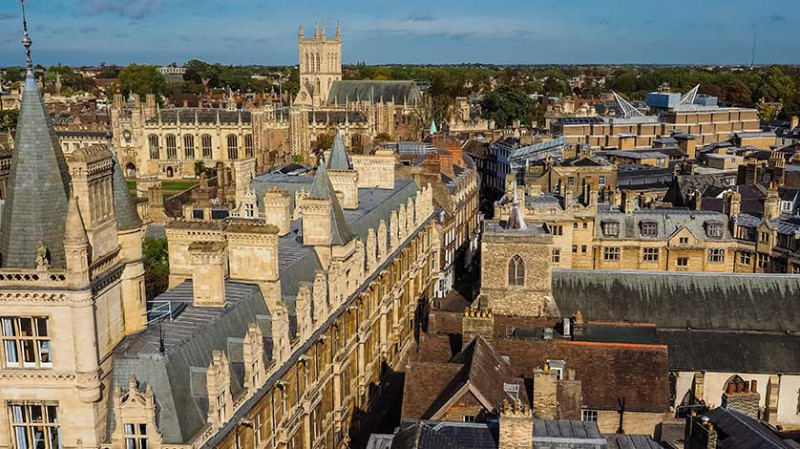
Few cities in the world capture the imagination quite like Rome. With its fusion of ancient ruins, Renaissance architecture, centuries-old churches, and modern Italian flair, the capital of Italy invites travelers to step back in time while enjoying contemporary pleasures. Whether you're a first-time visitor or a seasoned European explorer, Rome offers an immersive experience rich with culture, history, and artistic grandeur. This travel guide is tailored to help you experience the best of Rome, Italy’s Eternal City — including a deep dive into Vatican City, one of the world’s most iconic destinations.
Why Rome Is a Must-Visit Destination
Rome boasts a unique blend of past and present. Nowhere else will you find ancient history so intimately interwoven with a bustling modern metropolis. As you stroll the cobbled streets, ruins of the Roman Forum and majestic fountains echo tales from a time long gone, while stylish cafes and boutique shops remind you that la dolce vita is alive and well.
Unlike many popular European destinations, Rome has something for everyone — from art enthusiasts and history buffs to food lovers and architecture aficionados. Whether you're spending a weekend or a full week, there’s no shortage of enriching experiences.
British travelers, in particular, are drawn to Rome for its relatively short flight time, cultural depth, and warm hospitality. The availability of budget flights and countless accommodation options makes it easy for UK visitors to plan a memorable Italian getaway.
And once you’re there? Expect to fall in love with every corner, from the shadowy alleyways of Trastevere to the grandeur of the Colosseum under golden sunlight.
Top Attractions in Rome You Can’t Miss
Beyond the famous landmarks, Rome’s true charm lies in its ability to surprise visitors around every corner. Here’s a curated list of essential sites every traveler should explore:
- Colosseum: Explore this ancient amphitheater where gladiators once fought. A guided tour is highly recommended to truly appreciate the sheer scale and the history behind its walls.
- Roman Forum & Palatine Hill: Step into what was once the political heart of Rome. The ruins narrate tales of emperors, orators, and epic milestones of the Roman Empire.
- Pantheon: With its perfectly preserved dome and oculus, the Pantheon is both an architectural marvel and spiritual sanctuary.
- Trevi Fountain: Toss a coin and make a wish. This dazzlingly ornate fountain is an embodiment of baroque artistic prowess.
- Piazza Navona: A vibrant square featuring fountains, street artists, and cafes – perfect for people-watching while sipping espresso.
Travelers interested in urban design or historical architecture will find Rome particularly inspiring. The blending of Classical, Baroque, and Renaissance elements throughout the city can serve as incredible visual references for any upcoming design projects back home.
Our UK-based readers — from architects to interior designers — often draw inspiration from Rome’s layers of history, replicated in everything from paint palettes to tile mosaics.
How to Explore Vatican City
While technically a city-state completely surrounded by Rome, Vatican City requires its own guide. It's the headquarters of the Roman Catholic Church, holds the Pope's residence, and houses some of the most precious artworks in Western history.
The Vatican Museums are a maze of galleries featuring works by art giants such as Raphael, Leonardo da Vinci, and Caravaggio. The highlight, of course, is Michelangelo’s Sistine Chapel ceiling — a masterpiece that changed the course of Western art.
St. Peter’s Basilica is the heart of Vatican City. This colossal church is the epitome of Renaissance architecture. Climb to the dome, and you'll be rewarded with an unmatched panoramic view over Rome’s rooftops. For early risers, attending a morning mass or catching the sun lighting up the basilica’s nave can be nothing short of a spiritual experience—even for non-religious visitors.
British tourists benefit from English-language guided tours that make the complex history of Vatican City accessible and engaging. Booking in advance is advised, especially during peak travel seasons from spring to autumn.
Where to Stay in Rome
Rome offers a variety of accommodation options to suit all budgets and travel styles. Whether you’re backpacking solo or indulging in a luxury holiday, the following neighborhoods cater to different needs:
| Neighbourhood | Best For | Accommodation Style |
|---|---|---|
| Centro Storico | First-time visitors | Historic hotels, boutique guesthouses |
| Trastevere | Local atmosphere and nightlife | Airbnb, charming B&Bs |
| Prati | Proximity to Vatican | Mid-range hotels, modern apartments |
| Monti | Trendy, youthful vibe | Design-led accommodations, hostels |
| Testaccio | Food lovers and fewer tourists | Budget hotels, local inns |
Many British travelers appreciate the convenience of booking centrally located accommodations that allow you to walk to major sights. Moreover, Rome’s public transport system (metro, buses, and trams) makes it easy to get around even if you're staying outside Centro Storico.
Food and Dining: A Culinary Adventure
Italian cuisine is loved around the world, but tasting Roman food in its birthplace is something else entirely. Expect simple, high-quality ingredients turned into deeply satisfying dishes. Here's what should be on your must-eat list:
- Carbonara: Rome’s signature pasta made with egg, pecorino, guanciale, and black pepper — no cream, ever.
- Cacio e Pepe: A minimalist cheese-and-pepper pasta that proves simplicity can be gourmet.
- Supplì: Deep-fried risotto balls with a gooey mozzarella center, perfect street snacks.
- Porchetta: Savoury, herbed pork roast often served in sandwiches — ideal for a quick lunch.
Don’t forget to stop by a local pasticceria for espresso and sweet treats like maritozzi (sweet cream-filled buns) and tiramisu. British food lovers will be pleased to know that even mid-range trattorias maintain high standards due to fierce local competition.
Travel Tips for Rome and Vatican City
Planning ahead can make your Roman holiday smoother and more enjoyable. Here are practical travel tips tailored for UK travellers:
- Currency: Italy uses the Euro. Credit cards are widely accepted but carry some cash for smaller purchases.
- Language: While Italian is the official language, many Romans in the tourism industry speak English well.
- Weather: Visit in spring (April-May) or autumn (September-October) for pleasant temperatures and moderate crowds.
- Dress Code: When visiting churches or Vatican City, wear modest clothing covering shoulders and knees.
- Transport: Walking is the best way to explore Rome, but taxis, buses, and the metro can help cover larger distances quickly.
Your UK SIM card will likely work with international roaming, but purchasing a local data SIM or eSIM can help you stay connected for navigation and bookings on the go.
Rome: An Inspiration for British Designers & Homeowners
Beyond its appeal as a travel destination, Rome serves as an open-air design showroom. UK-based architects, designers, and homeowners looking for creative direction will find inspiration in frescoes, stonework, color palettes, and structural layouts all around the city.
DIY enthusiasts may be particularly attracted to Mediterranean design elements such as terracotta tiles, stucco walls, and intricate ironwork. These can be translated into British homes through well-planned renovation or remodelling projects, producing a timeless aesthetic with a global touch.
Rome’s rustic-yet-refined interiors also showcase the charm of natural materials, vintage furnishings, and hybrid spaces that effortlessly blend old and new — ideas that resonate strongly with sustainable renovation trends in the UK.
Conclusion: Rome Awaits
Rome is more than just a city; it’s an experience. From awe-inspiring landmarks to the tranquil art courtyards of Vatican City, it’s a journey that lives on in memory, dreams, and design. For UK travelers — whether you’re travelling for pleasure or creative inspiration — Rome offers an endless supply of artistic, cultural, and culinary fuel.
So pack your bags, bring your curiosity, and prepare for a trip that will not only feed your wanderlust but might also shape how you design and perceive your own spaces back home.





